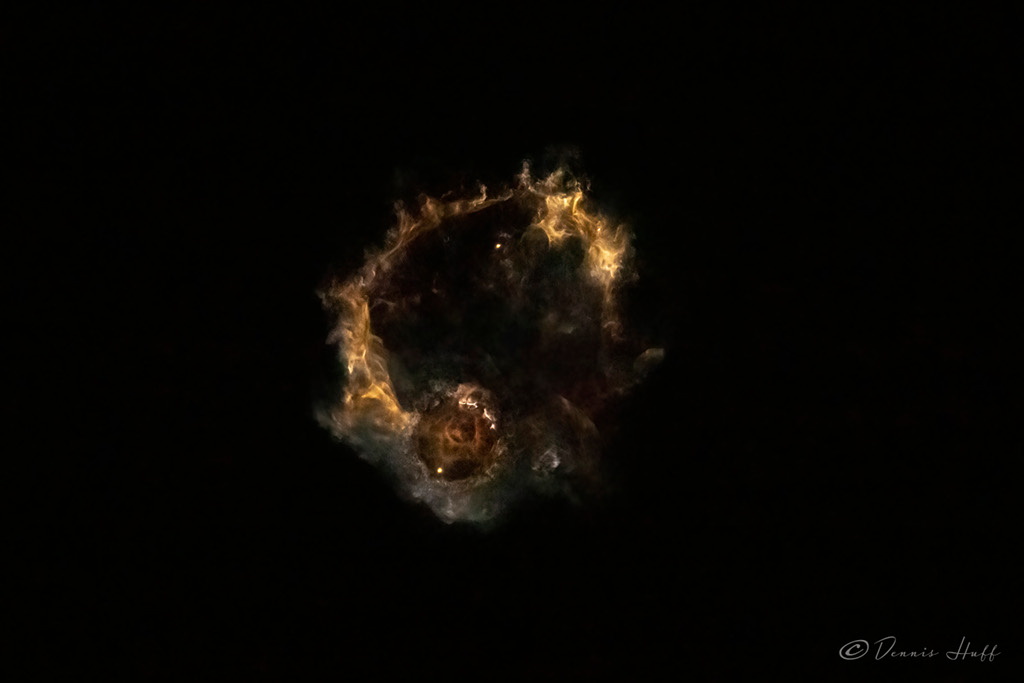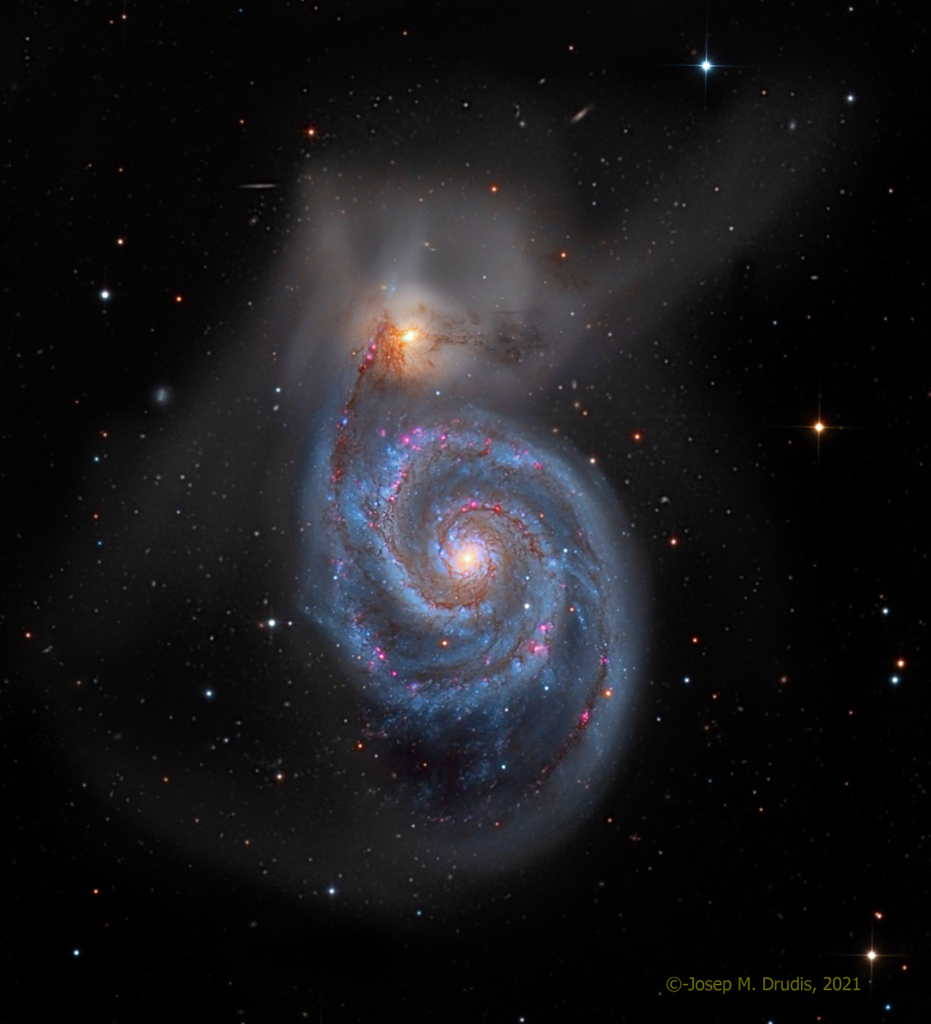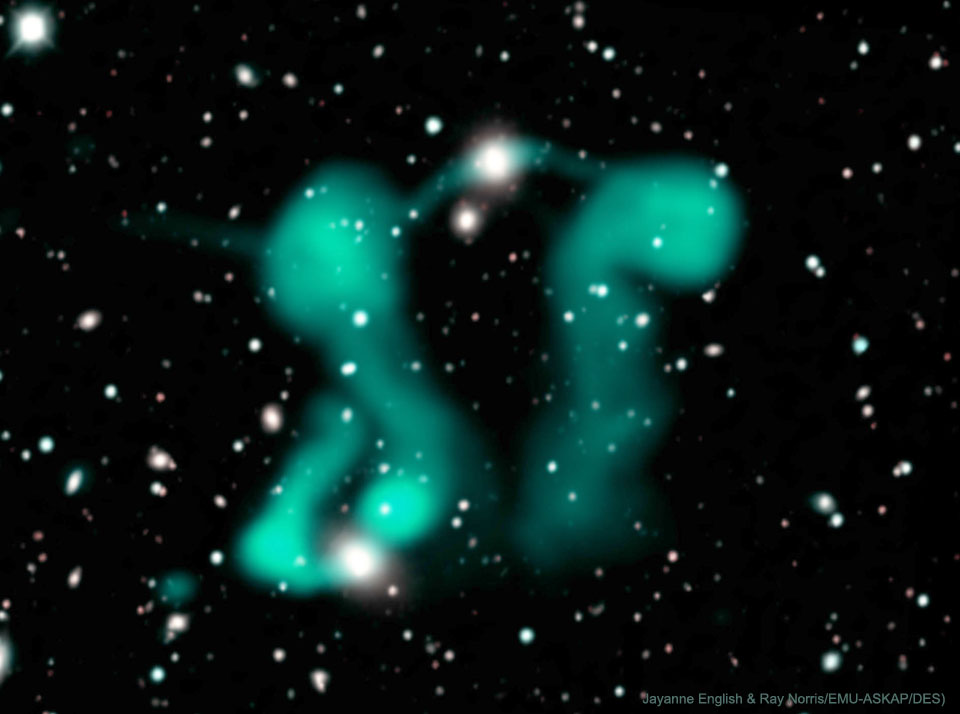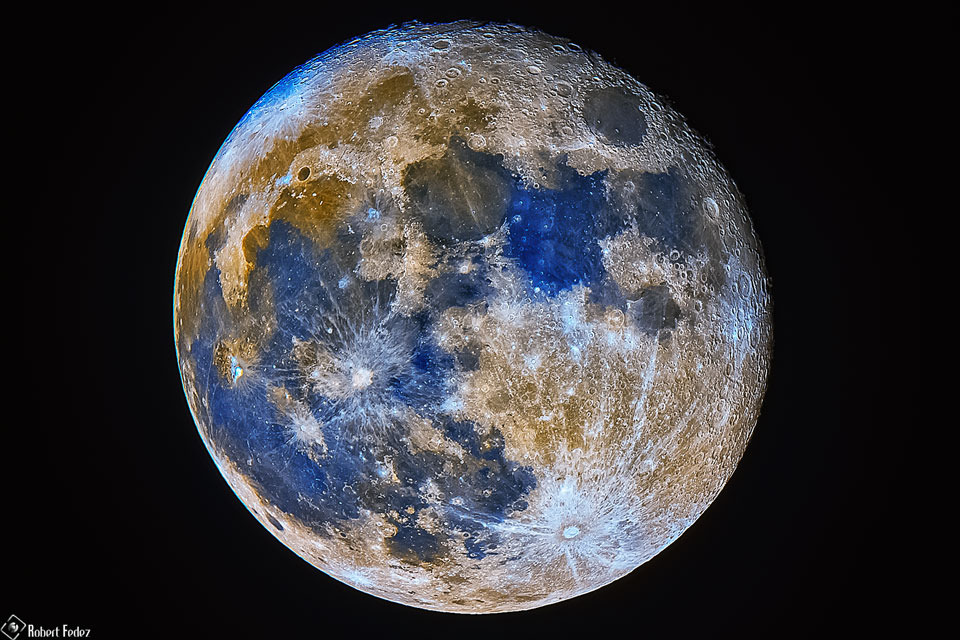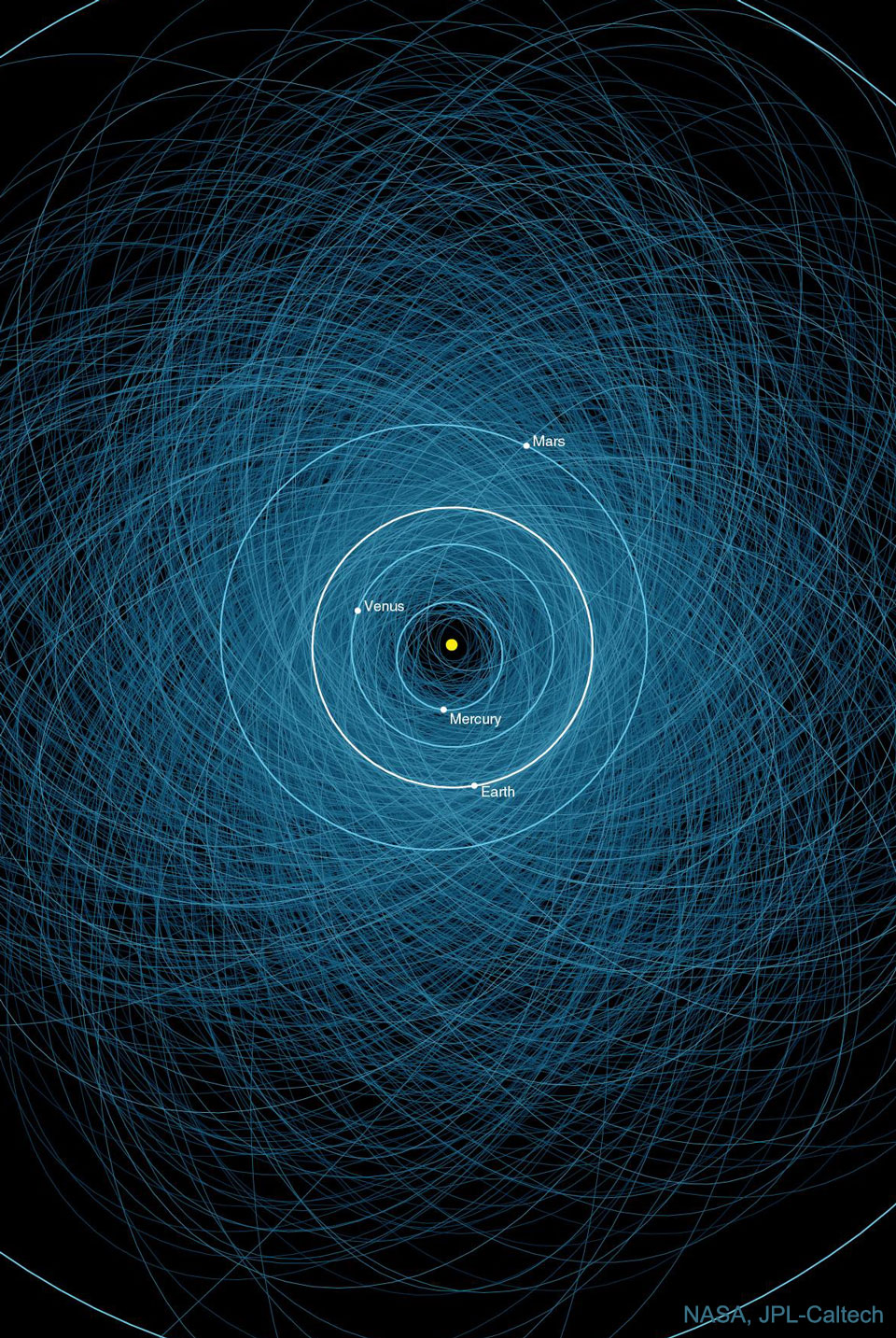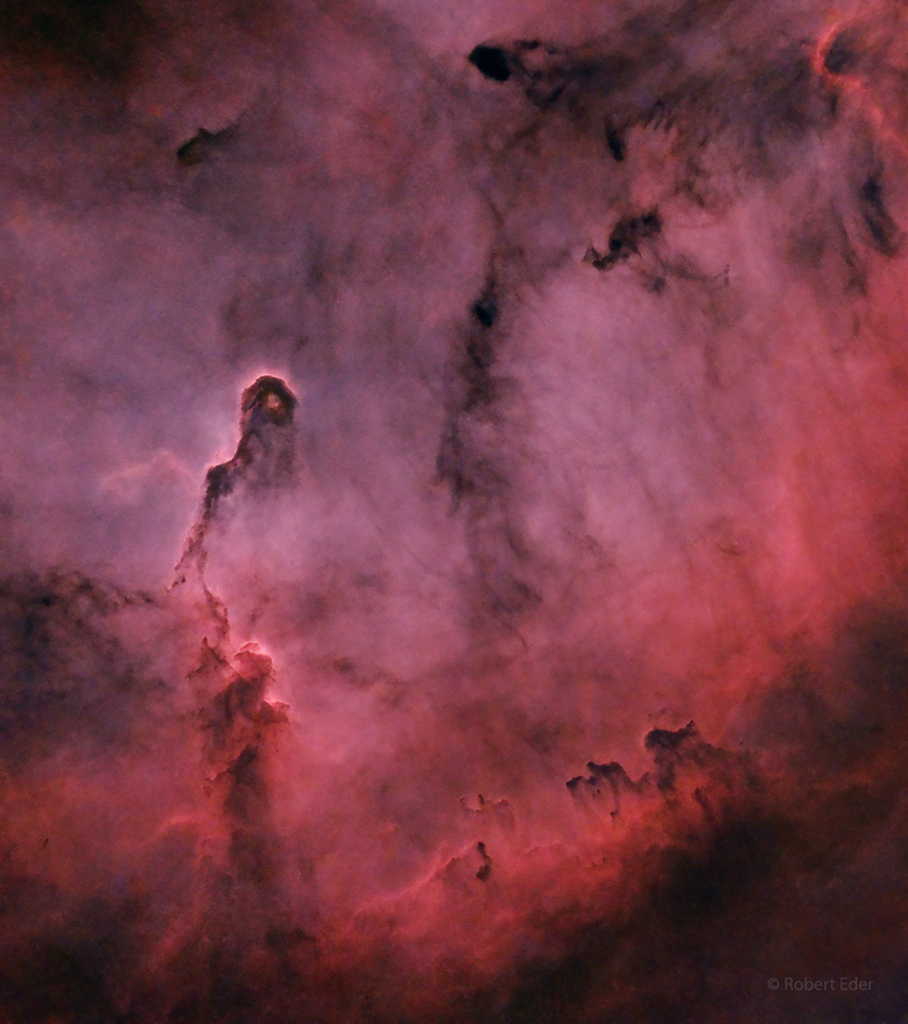
The Earth and Moon are rarely photographed together. One of most spectacular times this occurred was about 30 years ago when the Jupiter-bound Galileo spacecraft zoomed past our home planetary system. Then, robotic Galileo watched from about 15-times the Earth-Moon separation as our only natural satellite glided past our home world. The featured video combines 52 historic color-enhanced images. Although our Moon may appear small next to the Earth, no other planet in our Solar System has a satellite so comparable in size . The Sun, far off to the right, illuminated about half of each sphere, and shows the spinning Earth’s white clouds, blue oceans, and tan continents. via NASA https://ift.tt/3DMqwoB
